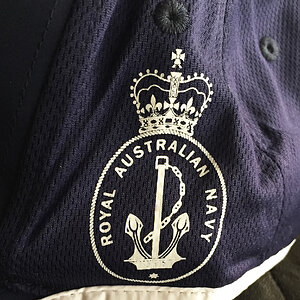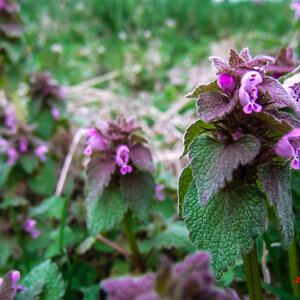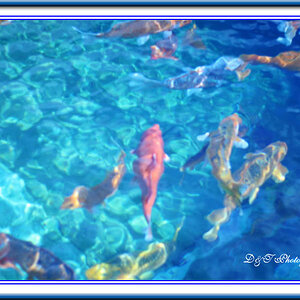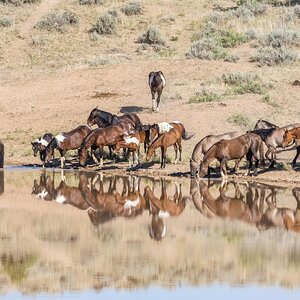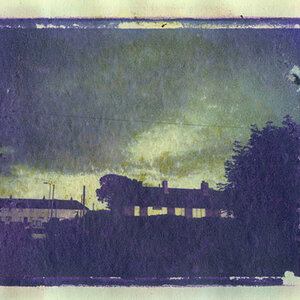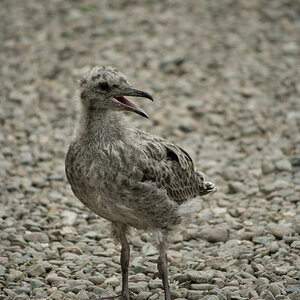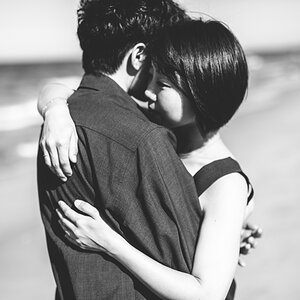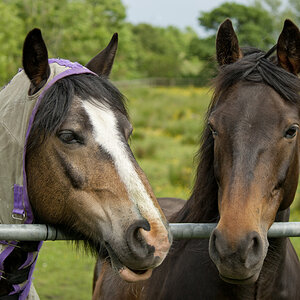MikeisEdge
TPF Noob!
- Joined
- Sep 10, 2011
- Messages
- 59
- Reaction score
- 1
- Location
- Orlando, Florida
- Can others edit my Photos
- Photos OK to edit
New to photography. Just bought a D60 Nikon and so far all I have is a 18-55mm, and 55-200mm lens.
I'd say my niche is shooting concerts, along with low-light, and sunset/night photography in general. I also like to close-ups.
That said, I was wondering which lenses/filters I should look to buy? I really don't want anything too high-end for now, just reasonable priced equipment that will do the job.
I've seen many different types of filters, and lenses... So I guess my questions are:
-For close-up shots (spiders/webs, flowers, bugs, etc.), would an extension tube do the job with my 200mm lens, or should I look to buy an actual macro lens? (Range?)
-What are the differences between a ND filter and a Graduated ND Filter? I'm not sure what the "0.6" and "0.9" indicate but is it necessary to get a specific number? Are these filters a good investment for sunset shooting?
-Are there any other filters that might be useful when shooting low-light/sunsets that I should look into?
Any advice/answers to these questions would be greatly appreciated. Extremely new to photography, just trying to learn the ropes before I spend my money.
-Mike
I'd say my niche is shooting concerts, along with low-light, and sunset/night photography in general. I also like to close-ups.
That said, I was wondering which lenses/filters I should look to buy? I really don't want anything too high-end for now, just reasonable priced equipment that will do the job.
I've seen many different types of filters, and lenses... So I guess my questions are:
-For close-up shots (spiders/webs, flowers, bugs, etc.), would an extension tube do the job with my 200mm lens, or should I look to buy an actual macro lens? (Range?)
-What are the differences between a ND filter and a Graduated ND Filter? I'm not sure what the "0.6" and "0.9" indicate but is it necessary to get a specific number? Are these filters a good investment for sunset shooting?
-Are there any other filters that might be useful when shooting low-light/sunsets that I should look into?
Any advice/answers to these questions would be greatly appreciated. Extremely new to photography, just trying to learn the ropes before I spend my money.
-Mike


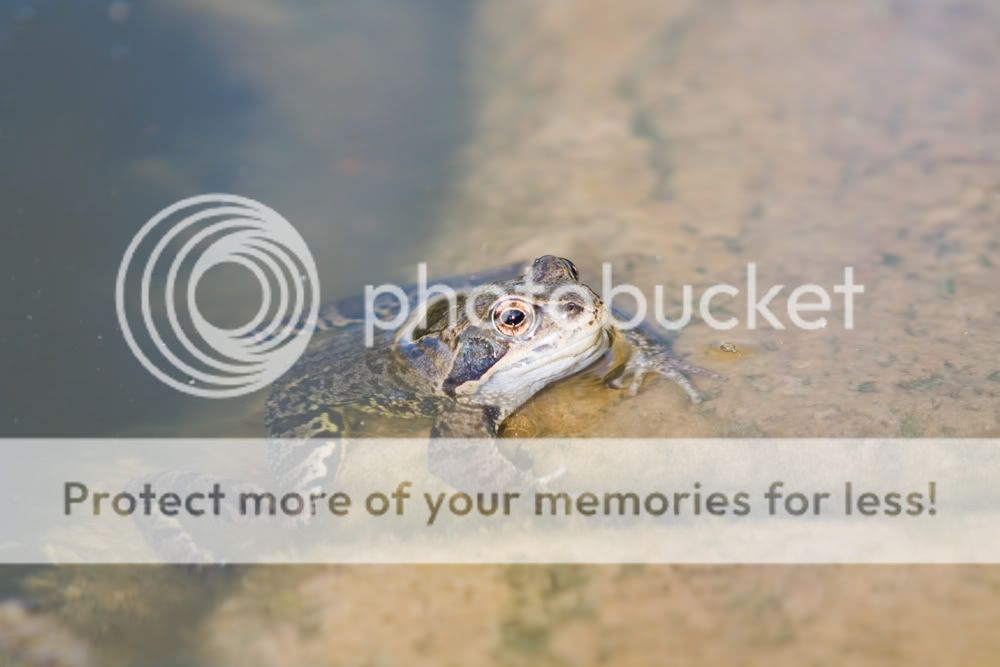
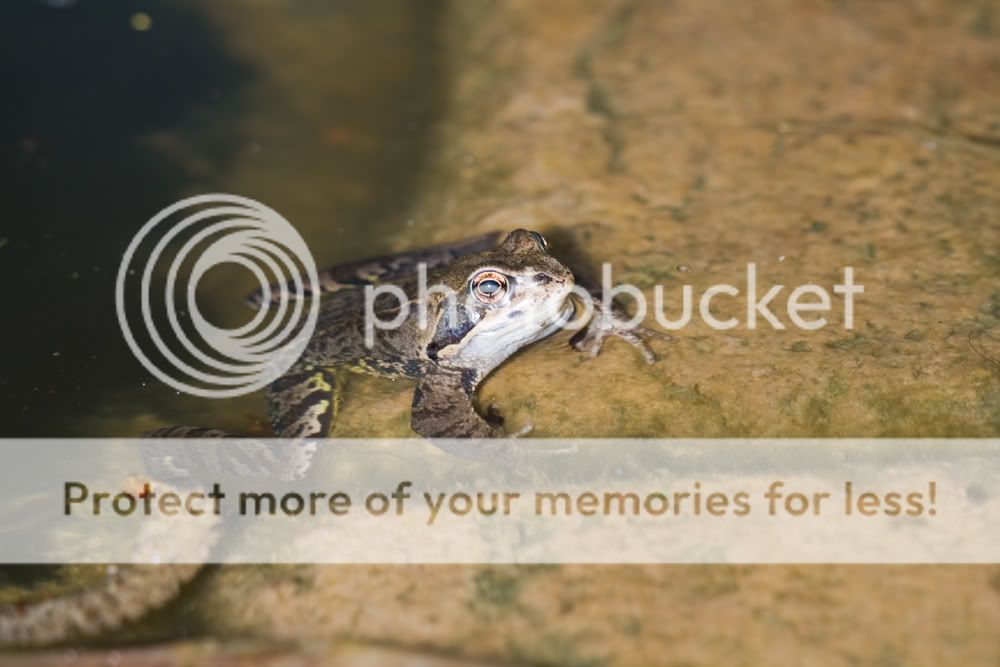
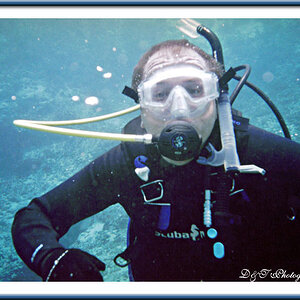
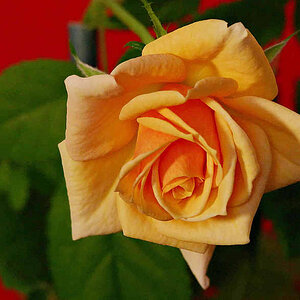
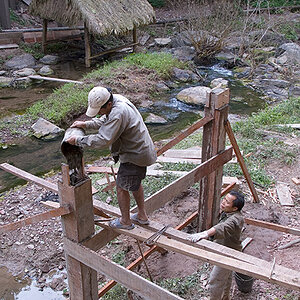
![[No title]](/data/xfmg/thumbnail/38/38737-350089c7ae87f5c983c5362b9b78b671.jpg?1619738703)
